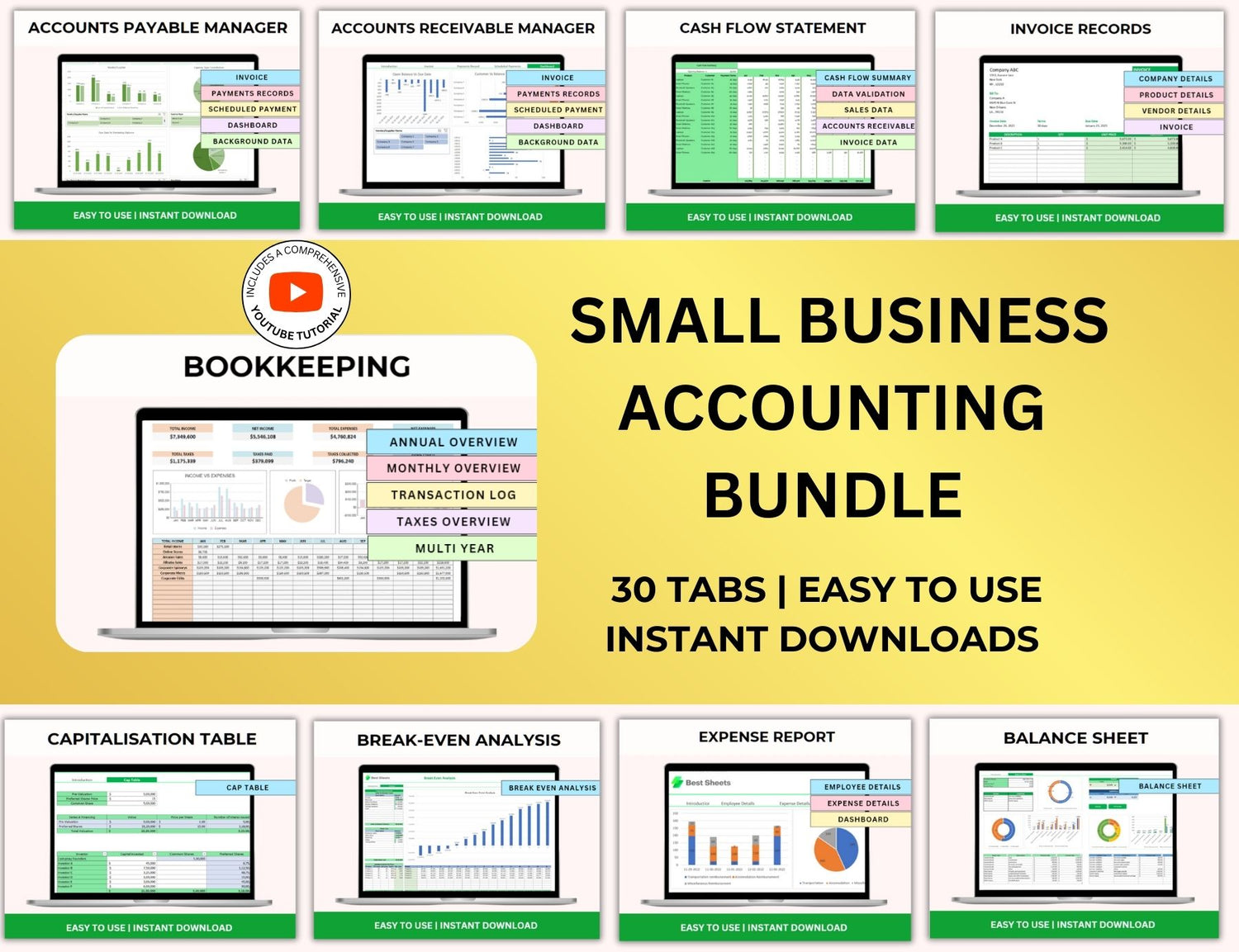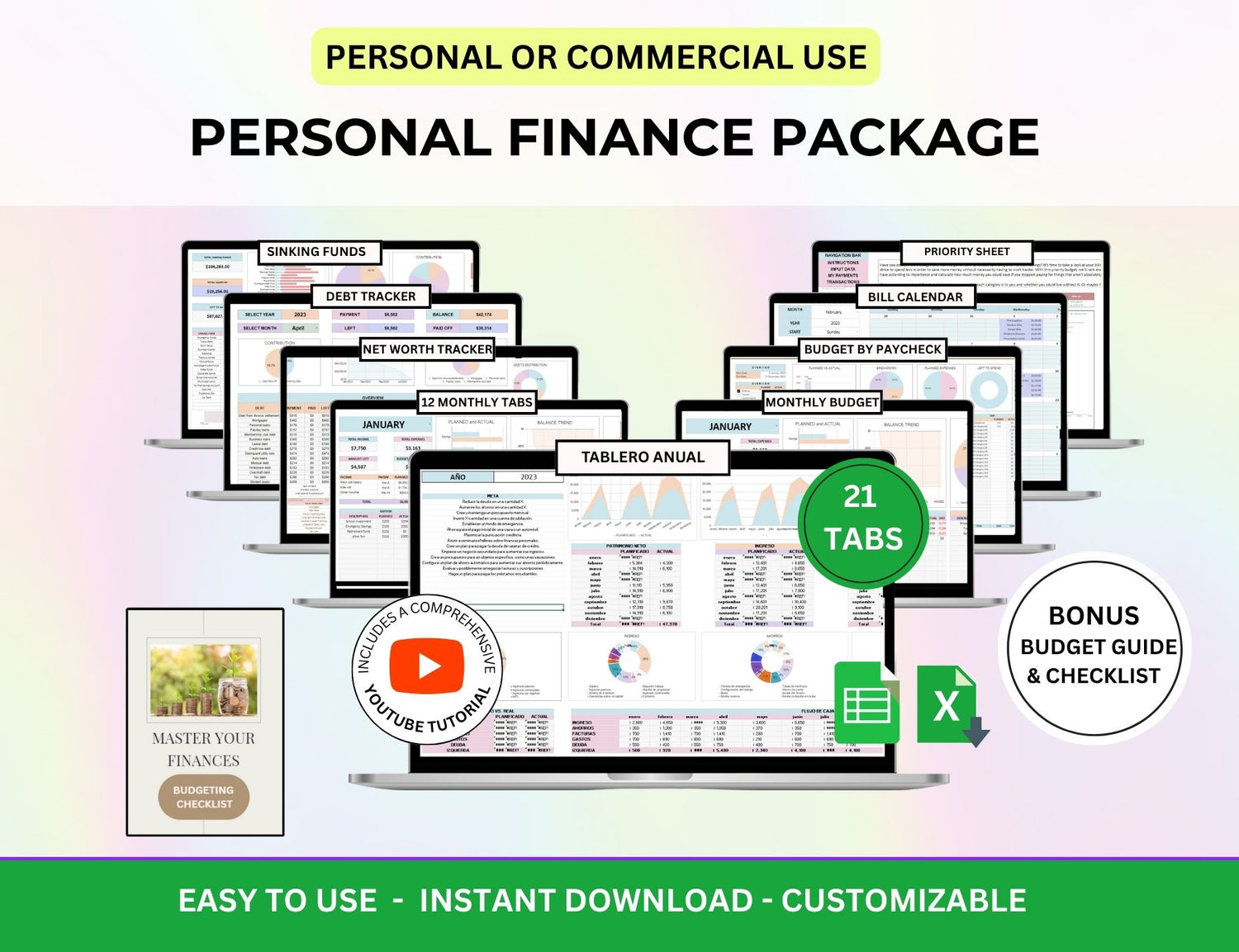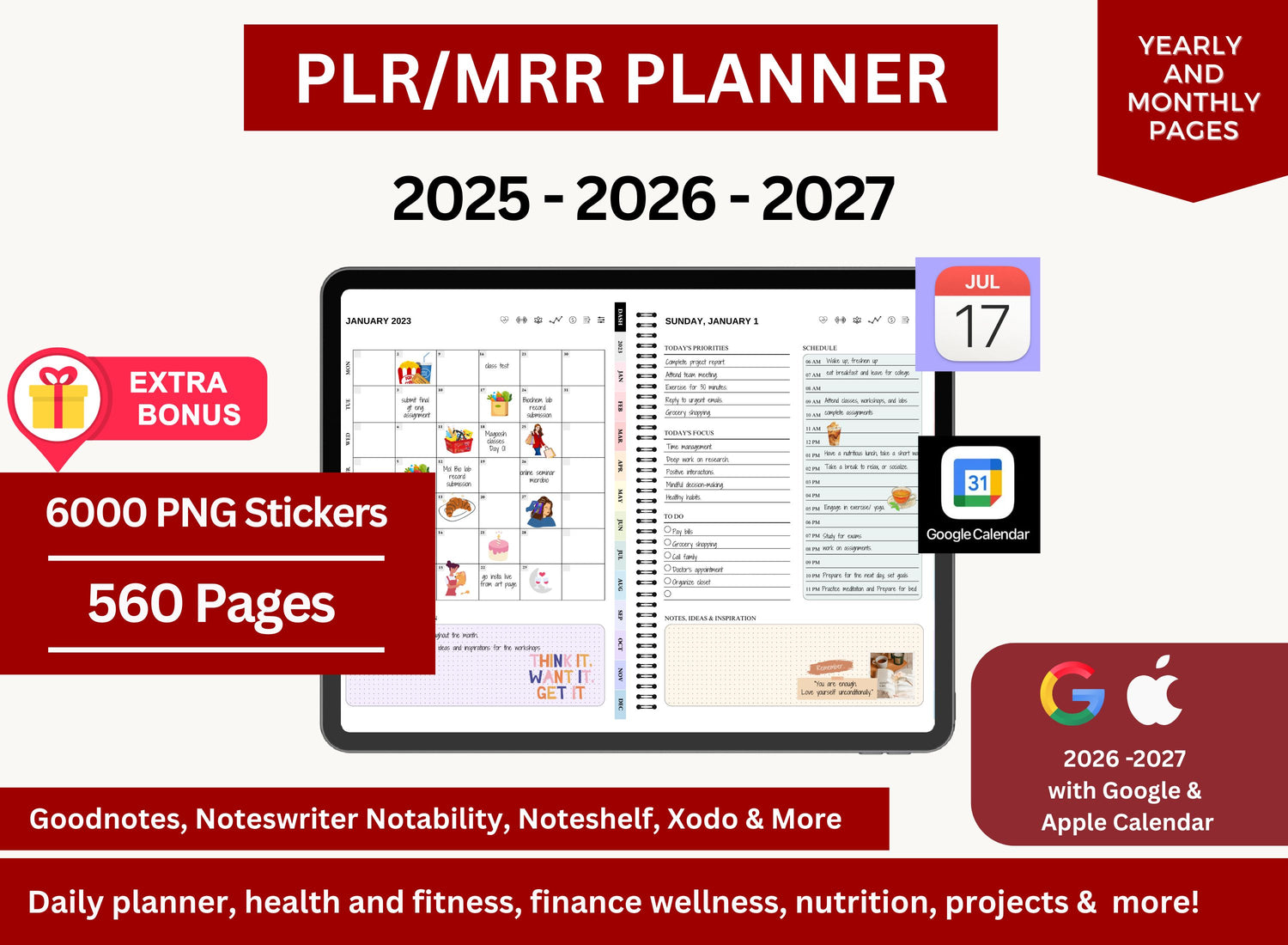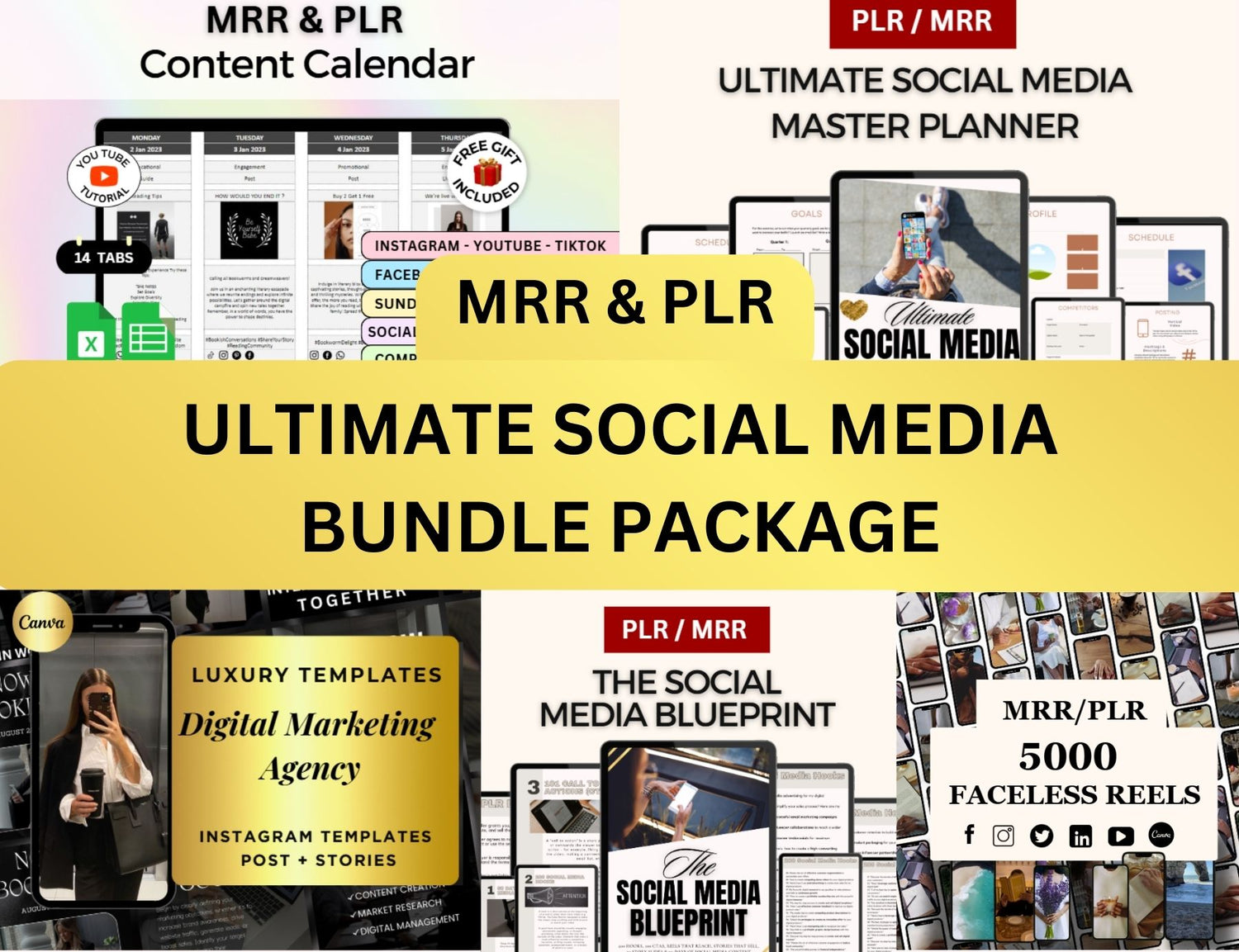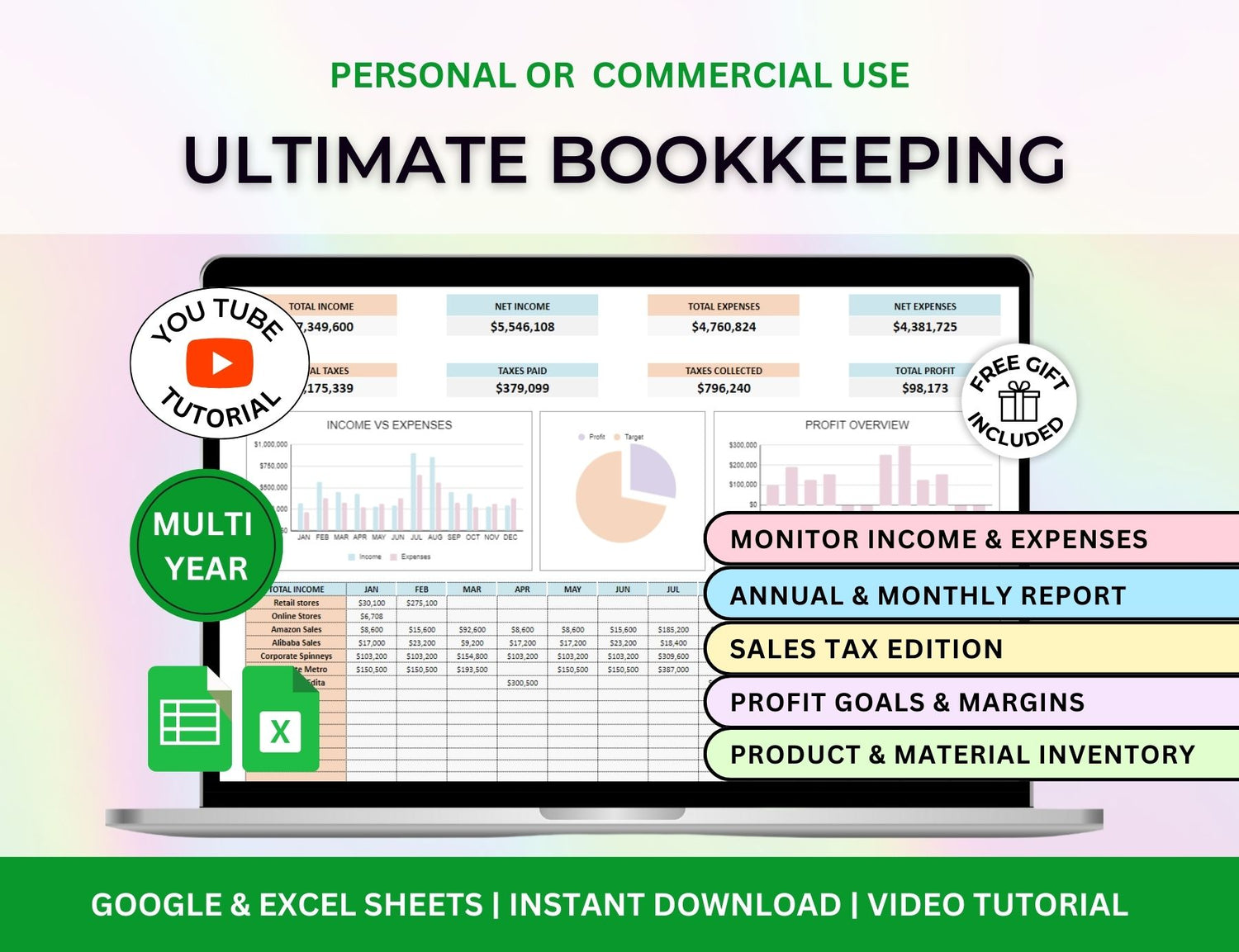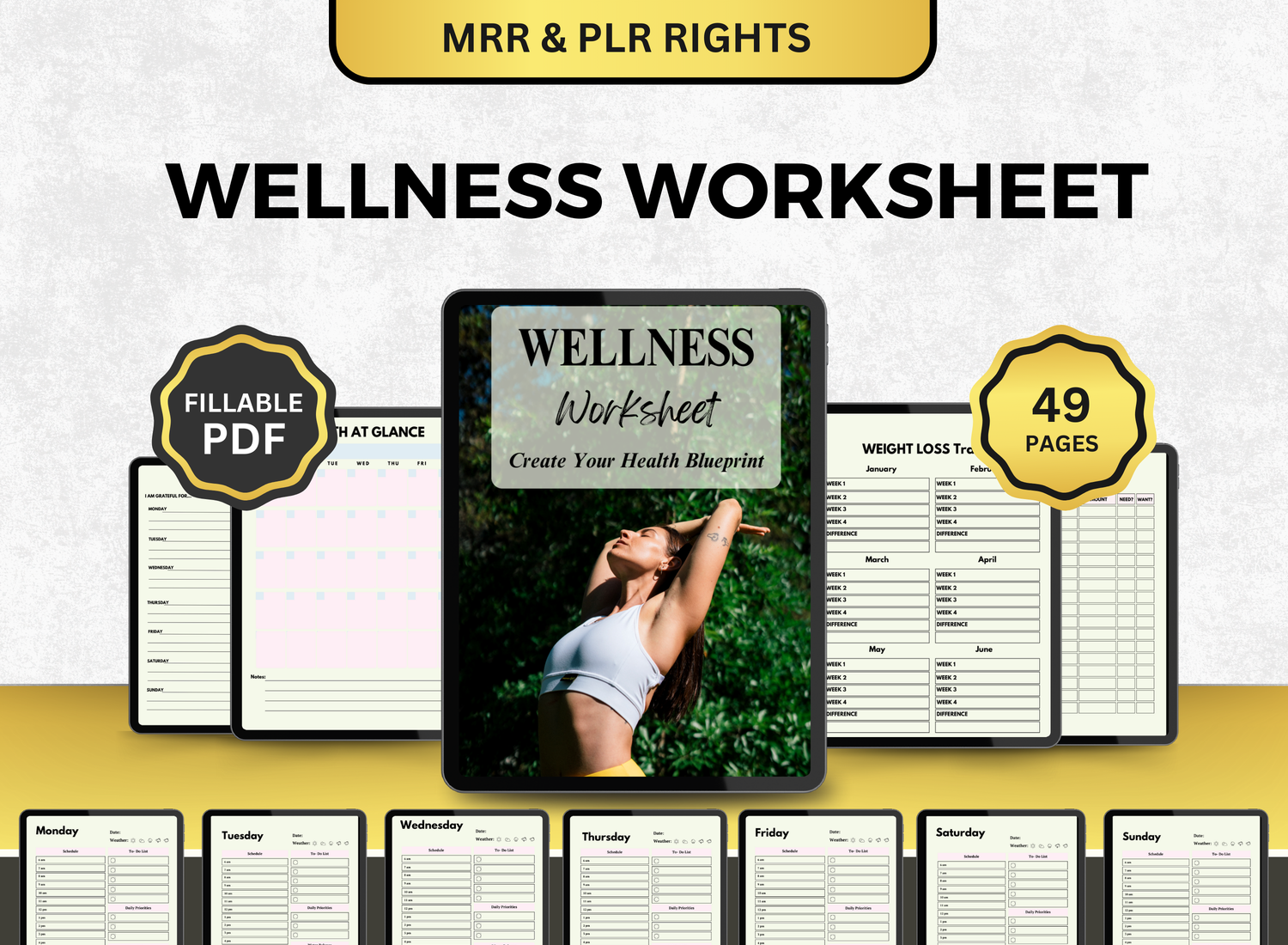Selling Digital Products on Etsy Is the Easiest Side Hustle No One Talks About
There’s a quiet little corner of the internet where people are making consistent money—often passively—and barely anyone outside the digital entrepreneur space is talking about it. No, it’s not dropshipping, or affiliate marketing, or crypto anything. It’s Etsy. But not for what you’d expect.
People aren’t just selling handmade jewelry or vintage mugs anymore. They’re selling digital products. Printables. Templates. Planners. SVG files. Lightroom presets. Even full-on educational toolkits. And the kicker? Once the product is made, it can be sold over and over again with virtually no extra effort.
That’s the appeal. Low overhead, no inventory, and relatively passive income potential. And yet, somehow, this side hustle still flies under the radar for a lot of people. Maybe because it doesn’t sound flashy. Or maybe because it just sounds… too easy?
Well, here’s a closer look.
TL;DR
Where |
Why It Works |
Effort Level |
|---|---|---|
| Etsy’s digital marketplace. | No shipping, no stock—just uploads and cha-chings. | Low effort, high reward. Set it, forget it (almost). |
First: What Counts as a “Digital Product” on Etsy?
When we say digital product, we’re talking about anything a customer can download immediately after purchase. There’s no physical shipping, no packaging, no logistics nightmare. It’s basically the closest thing to a “set it and forget it” side hustle you can get—though of course, nothing is ever completely hands-off.
Common digital downloads on Etsy include:
- Printable planners and calendars
- Budgeting spreadsheets
- Wedding invitations and templates
- Digital wall art
- Resume templates
- Canva social media kits
- SVG cut files for Cricut machines
- Lightroom preset packs
- Educational materials (homeschool worksheets, for example)
- Even full business kits or eBooks (often using Master Resell Rights or PLR)
What’s wild is how specific some of these niches can get—and still succeed. Like, there are entire shops selling nothing but meal planners for new moms or editable Instagram highlight covers. And they’re making sales daily.
(An example of a digital product focused on small businesses; customer relationship management crm tracker spreadsheet.)
Why Etsy, Though?
It’s a fair question. There are dozens of platforms where you can sell digital products—Gumroad, Shopify, Podia, even your own website. So why Etsy?
Two words: built-in traffic.
According to SimilarWeb, Etsy averages over 500 million visits per month as of early 2025 (source). That’s not a typo. And unlike social media or Google, Etsy visitors are already in a buying mindset. They're not just browsing—they’re searching with intention.
That makes it much easier for new sellers to be discovered, especially if you do even basic SEO (search engine optimization) for your listings. Etsy functions a lot like a search engine, and many buyers type in exactly what they want. “Editable wedding invite template,” for example, brings up a goldmine of listings.
Add to that Etsy’s trust factor, ease of use, and built-in payment system, and it’s honestly kind of surprising this isn’t more mainstream.
It’s (Almost) Free to Start
Another reason this is such an underrated side hustle? The startup cost is hilariously low.
You can start an Etsy shop for free. The only cost is a $0.20 listing fee per item. That’s it. There’s also a 6.5% transaction fee when you make a sale, but compared to launching your own ecommerce site or building a brand from scratch, it’s ridiculously affordable.
And digital products don’t require inventory or materials. So really, the main investment is time—time to design, upload, and write product descriptions that actually convert. Once it’s up? You could make money while sleeping, eating lunch, or watching reruns of The Office for the tenth time.
(An example of a budgeting spreadsheet; paycheck budget tracker spreadsheet.)
Yes, It’s Saturated—But That’s Not the Whole Story
Let’s not pretend the market isn’t competitive. It is. Very. You’ll see thousands of listings for "printable planners" or "resume templates." So yeah, you can’t just throw something together in Canva, upload it, and expect to strike gold.
But saturation doesn’t mean failure—it just means you have to find an angle.
Maybe that’s niching down (e.g., “teacher planner for 2025-2026 school year”), or adding bonus content, or using clean, professional mockups. Maybe it's even as simple as writing better titles and tags than your competitors. Most Etsy sellers aren’t marketing experts. So if you learn just a little about Etsy SEO, you're already ahead.
And honestly, the demand is still growing. Etsy reported that digital product sales increased significantly between 2020 and 2023, and while there’s no exact number for 2024 yet, anecdotal data shows no signs of slowing down (Etsy Seller Handbook). It’s especially popular with millennials and Gen Z who are used to digital goods.
How Much Can You Realistically Make?
This is always the question, right? And unfortunately, there’s no single answer.
Some shops make a few hundred dollars a month. Others pull in five or even six figures annually. For example, a popular shop like The Digital Gallery sells editable Canva templates and reportedly makes over $100,000 per year—though they’ve built up a massive product catalog and loyal following.
But here’s the more grounded reality: most consistent sellers make anywhere between $500 and $5,000/month once established. It depends on your niche, your marketing, and how many listings you have. One product probably won’t make you rich. Twenty products? That’s a different story.
And again, because it’s passive (mostly), that income doesn’t always require more effort after the initial work is done.
How Master Resell Rights (MRR) Are Changing the Game
If you’ve spent any time in the digital product world, you’ve probably come across MRR—Master Resell Rights. These are digital products that you buy once and have the legal right to resell as your own. Sometimes even allowing your customers to do the same.
It’s controversial in some circles, but it’s catching on fast, especially on Etsy. People are buying fully-designed business toolkits, courses, or eBook packages, slapping on a custom logo and product cover, and reselling them.
Now, before you dive in: Etsy has specific rules about reselling. You can’t just upload a product you didn’t create without modification. But some MRR products are designed for this—they include editable Canva files, original designs, and instructions for resale. You do need to check the license terms carefully.
Used right, MRR is kind of like a cheat code. You’re skipping the content creation step and jumping right to the selling phase. Just… be ethical. Don’t steal someone’s work or misrepresent it. Etsy takes that seriously.
(An example of a digital product with MRR/PLR; net worth tracker spreadsheet found in a smart budget spreadsheet bundle.)
The Passive Income Factor (But With a Disclaimer)
It’s tempting to call this fully passive income. And in some ways, it is. You make a product once, and it can generate money for years.
But here’s the catch: there’s always some maintenance.
You’ll need to respond to messages. Update listings if trends change (for instance, 2023 planners won’t sell in 2025). Maybe refresh product images or add seasonal variations. It’s not a lot of work—but it’s not zero either.
Still, compared to, say, shipping out handmade goods or running an Amazon FBA operation? This is about as low-maintenance as it gets.
Quick Case Study: What Success Might Actually Look Like
Let’s say you make a bundle of 10 printables and sell them for $8. You upload nice mockups, use good keywords, and get a few reviews. Within a few weeks, you’re selling one a day.
That’s $8/day, or $240/month. Sounds small, right? But now imagine you have 20 more listings doing the same.
Now you’re looking at $4,800/month.
And remember: your cost to deliver is $0. You don’t pay for more materials or shipping. You’re just… earning. Quietly.
Not every product will be a hit. Most won’t. But if even 10% perform decently, you’re on your way.
(An example of a digital bundle with a specific niche in mind; small business all-in-one business planner.)
How to Get Started (Without Getting Overwhelmed)
If this is starting to sound interesting, here’s a rough roadmap to get going:
- Pick a niche
Start small. Choose something specific and practical—budget planners, digital recipe cards, baby shower invites. - Create 1-3 solid products
Use Canva, Illustrator, or even PowerPoint. Make sure your files are high-resolution, printable, and easy to download. - Open your Etsy shop
It’s free. Just follow the prompts at etsy.com/sell. - List your product with strong keywords
Think like a buyer. Use keywords in your title, description, and tags. Tools like eRank or Marmalead can help. - Make good thumbnails and mockups
Presentation matters. Tools like Placeit or Canva’s mockup features can make your listings pop. - Promote (a little)
Share on Pinterest. Add a link in your Instagram bio. Maybe run a small Etsy ad once you’ve got a few reviews. - Repeat
More products = more chances to earn. Over time, you’ll learn what works and refine your style.
Final Thoughts: It’s Not Glamorous, But It Works
Selling digital products on Etsy isn’t some get-rich-quick scheme. It won’t make you a millionaire overnight. And you probably won’t be sipping cocktails on a yacht three months from now.
But that’s kind of the point.
It’s a steady, realistic, and surprisingly low-effort way to make money online. It’s an ideal side hustle if you’re okay with putting in some upfront work for long-term payoff. It can be done alongside a full-time job, raising kids, or juggling other freelance gigs. And once you get the hang of it? It scales.
Most people won’t even consider this route. They’ll chase flashier trends, or assume Etsy is only for crafters. But the quiet truth is: selling digital downloads is one of the easiest, most overlooked ways to build real passive income in 2025.
It’s not sexy. But it works.
And honestly, isn’t that kind of refreshing?




